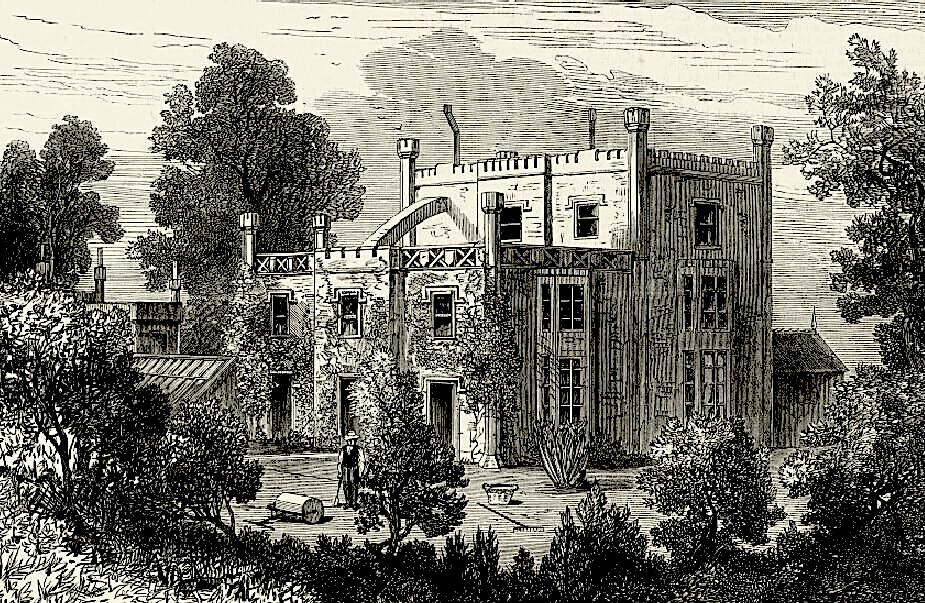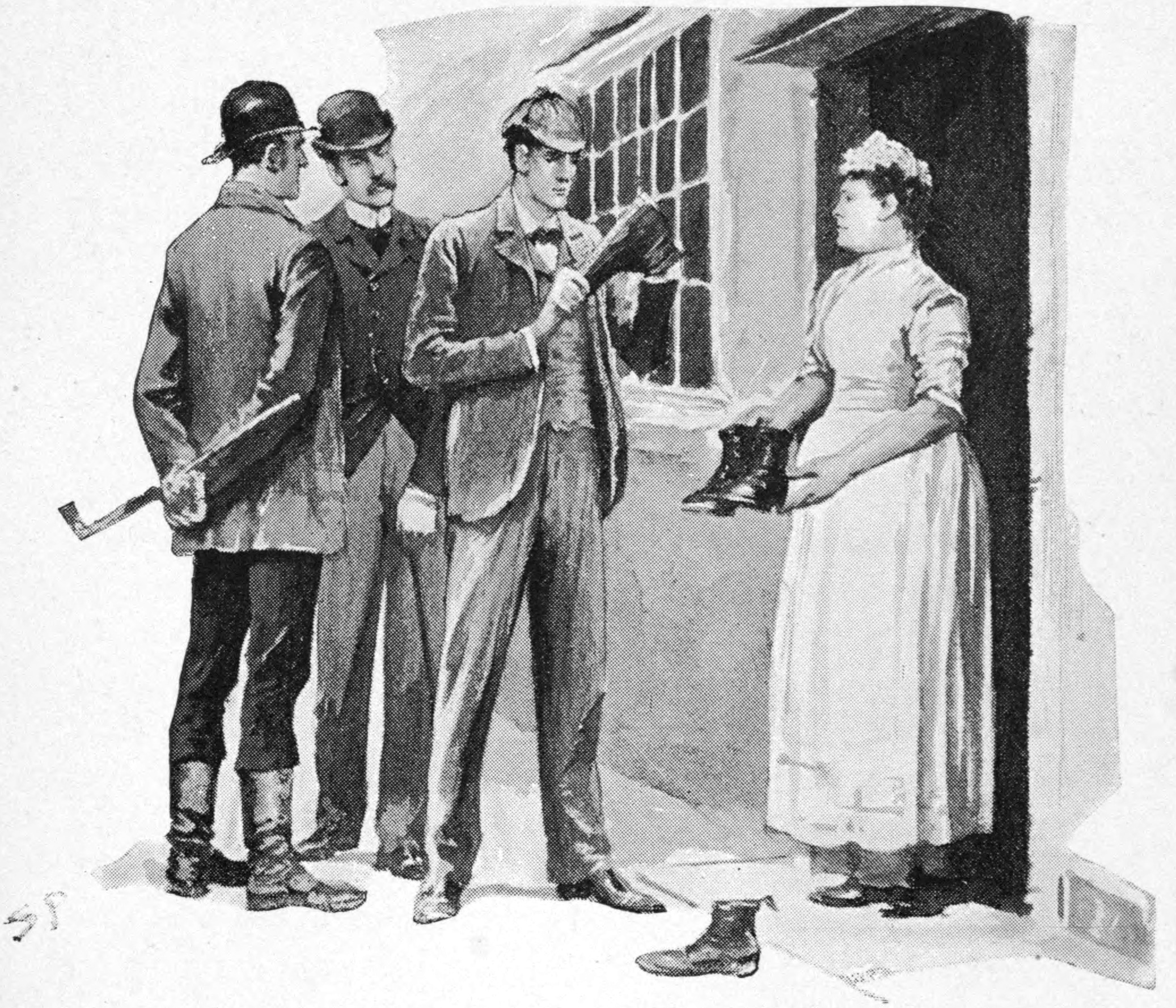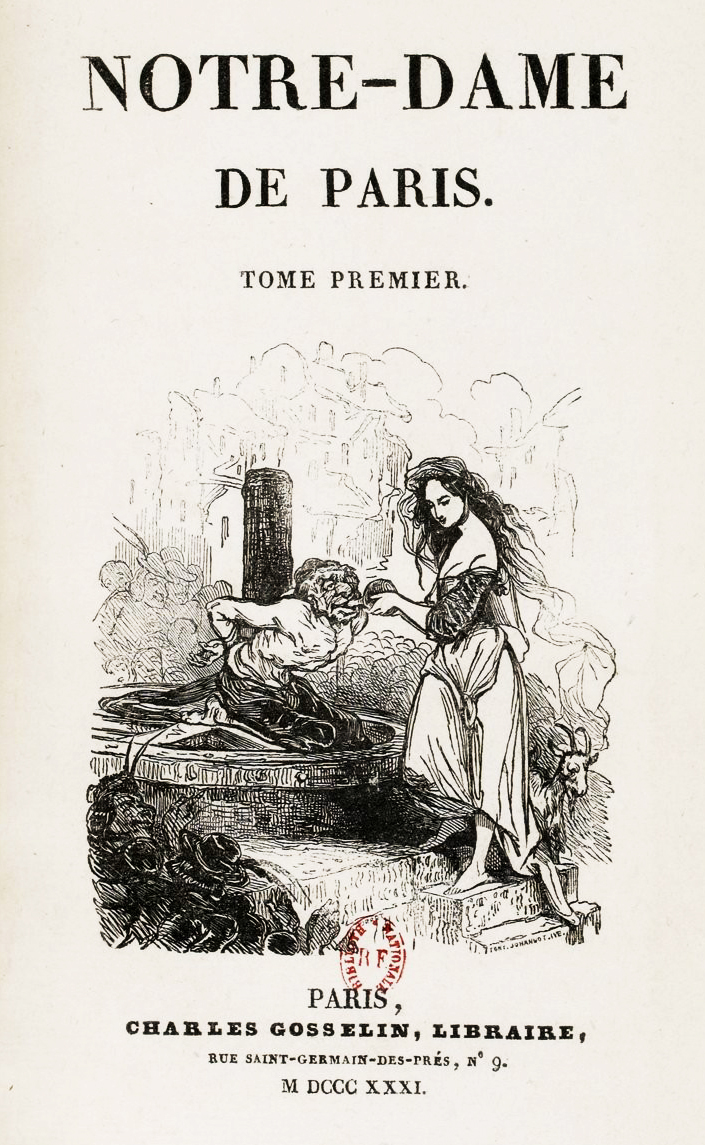|
Marjorie Bowen
Margaret Gabrielle Vere Long (née Campbell; 1 November 1885 – 23 December 1952), who used the pseudonyms Marjorie Bowen, George R. Preedy, Joseph Shearing, Robert Paye, John Winch, and Margaret Campbell or Mrs. Vere Campbell,Jessica Amanda Salmonson (ed) (1998) ''Twilight and other Supernatural Romances'': Introduction, quoting Hilary Long, son of Marjorie Bowen. was a British author who wrote historical romances and supernatural horror stories, as well as works of popular history and biography.Robert Hadji, "Marjorie Bowen" in Jack Sullivan (ed.) (1986), ''The Penguin Encyclopedia of Horror and the Supernatural'', pp. 50–51. Life Bowen was born in 1885 on Hayling Island in Hampshire. Her alcoholic father Vere Douglas Campbell left the family when Bowen was young and was eventually found dead on a London street. She and her sister grew up in poverty, and their mother was reportedly unaffectionate."Long, Mrs. Gabrielle Margaret Vere (Campbell)", in Stanley J. Kunitz and ... [...More Info...] [...Related Items...] OR: [Wikipedia] [Google] [Baidu] |
Hayling Island
Hayling Island is an island off the south coast of England, in the borough of Havant in the county of Hampshire, east of Portsmouth. History An Iron Age shrine in the north of Hayling Island, later developed into a Roman temple in the 1st century BC, was first recorded in Richard Scott's ''Topographical and Historical Account of Hayling Island'' (1826). The site was dug between 1897 and 1907 and again from 1976 to 1978. The remains are now buried under farmland. The first coin credited to Commius that was found in an archaeological dig was found at the temple. This Commius was probably the son of the Commius mentioned by Julius Caesar, although it is possible the coin was issued by the same Commius. Salt production was an industry on the island from the 11th century, and the Domesday Book records a saltpan on the island. This industry continued until the late 19th century. The monks of Jumièges Abbey, Normandy, began to build Northwode Chapel about 1140; this became the s ... [...More Info...] [...Related Items...] OR: [Wikipedia] [Google] [Baidu] |
National Peace Council
The National Peace Council (NPC), founded in 1908 and disbanded in 2000, acted as the co-ordinating body for almost 200 groups across Britain, with a membership ranging from small village peace groups to national trade unions and local authorities. The groups were all united in their interest in peace, human rights, justice and the environment. The group originated in 1904 or 1905 as the National Council of Peace Societies, but it was permanently established as the National Peace Council after the 17th Universal Peace Conference took place in London in 1908. Carl Heath was appointed General Secretary and was succeeded in 1919 by Francis E. Pollard, who served until 1921, when James Hindle Hudson assumed the position. Later secretaries included Rennie Smith, Sheila Oakes and Gerald Bailey. A major task in its early years was organizing the National Peace Congress, which also arranged conferences on specific issues. Arthur Stanley Eddington served as Chair from 1941 to 1943. ... [...More Info...] [...Related Items...] OR: [Wikipedia] [Google] [Baidu] |
Berkley Medallion
Berkley Books is an American imprint founded in 1955 by Charles Byrne and Frederic Klein owned by the Penguin Group unit of Penguin Random House. History Berkley Books began as an independent company in 1955. It was founded as "Chic News Company" by Charles Byrne and Frederick Klein, who had worked for Avon; they quickly renamed it Berkley Publishing Co. The new name was a coinage, combining elements of their surnames, unrelated to either the philosopher George Berkeley or Berkeley, California. Under their editor-in-chief Thomas Dardis, over the next few years Berkley developed a diverse line of popular fiction and non-fiction, both reprints and mass-market paperback originals, with a particularly strong history in science fiction (books of Robert A. Heinlein and Frank Herbert’s ''Dune'' novels, for example). The company was bought in 1965 by G. P. Putnam's Sons and in years to follow undertook a hardcover line under the Berkley imprint, chiefly but not only for science fict ... [...More Info...] [...Related Items...] OR: [Wikipedia] [Google] [Baidu] |
Posthumous Publication
Posthumous publication refers to publishing of creative work after the creator's death. This can be because the creator died during the publishing process or before the work was completed. It can also be because the creator chose to delay publication until after their death. Posthumous publication can be viewed as controversial when people believe the author would not have wanted the work made public or would not have approved the version that was published. Reasons for posthumous publication Death before planned publication A creator may die when publication was planned during their lifetime and the material is ready for publication in its final form. For example, the composer Jonathan Larson died the day before his musical ''Rent'' opened off-Broadway. When Stieg Larsson died, he had submitted the first two of the Millennium novel series to a publisher. A carbon copy of '' A Confederacy of Dunces'' by John Kennedy Toole was found by his mother after his death in 1969. It w ... [...More Info...] [...Related Items...] OR: [Wikipedia] [Google] [Baidu] |
Phil Stong
Philip Duffield Stong (January 27, 1899 – April 26, 1957) was an American author, journalist and Hollywood scenarist. He is best known for the 1932 novel ''State Fair'', which was adapted as a film in 1933, 1945, 1962 and 1976, and as a Broadway musical in 1996. Biography Stong was born in Pittsburg, Iowa, near Keosauqua. His father operated the general store, which is now an antique store. The 1844 brick house where Stong was born is located adjacent to the store and is now a private residence. He attended Drake University in Des Moines, Iowa. Stong scored his first success in 1932 with the publication of his famous novel, ''State Fair'', which was later adapted for the screen as the hit Rodgers and Hammerstein musical of the same name. In addition to his novels, his short stories were published in most of the leading national magazines of the time, and he wrote several screenplays. His novel ''Stranger's Return'' was also made into a motion picture, starring Academy Aw ... [...More Info...] [...Related Items...] OR: [Wikipedia] [Google] [Baidu] |
Moss Rose (novel)
''Moss Rose'' is a 1934 mystery novel by the British writer Marjorie Bowen, written under the pen name of Joseph Shearing. It is based on the unsolved murder of Harriet Buswell in 1872. The title refers to Moss Rose, a flowering plant. Adaptations It was adapted into the 1947 film ''Moss Rose'' directed by Gregory Ratoff and starring Peggy Cummins, Victor Mature and Ethel Barrymore Ethel Barrymore (born Ethel Mae Blythe; August 15, 1879 – June 18, 1959) was an American actress and a member of the Barrymore family of actors. Barrymore was a stage, screen and radio actress whose career spanned six decades, and was regarde ....Goble p.422 References Bibliography * Goble, Alan. ''The Complete Index to Literary Sources in Film''. Walter de Gruyter, 1999. * Vinson, James. ''Twentieth-Century Romance and Gothic Writers''. Macmillan, 1982. 1934 British novels Novels set in London British novels adapted into films British mystery novels British thriller novels Novels by M ... [...More Info...] [...Related Items...] OR: [Wikipedia] [Google] [Baidu] |
Charles Bravo
Charles Delauney Bravo (30 November 1845 – 21 April 1876) was a British lawyer who was fatally poisoned with antimony in 1876. The case is still sensational, notorious and unresolved. The case is also known as The Charles Bravo Murder and the Murder at the Priory. It was an unsolved crime committed within an elite Victorian household at The Priory, a landmark house in Balham, London. Leading doctors attended the bedside, including the royal physician Sir William Gull, and all agreed that it was a case of antimony poisoning. The victim took three days to die, but gave no indication of the source of the poison during that time. No one was ever charged with the crime. Background Charles Bravo was born Charles Delauney Turner in St Pancras, London, and baptised in Saint Helier, Jersey, in 1845. He was the son of Augustus Charles Turner and Mary Turner, but later took the surname Bravo from his stepfather, Joseph Bravo. He was educated at Trinity College, Oxford and the Middle Tem ... [...More Info...] [...Related Items...] OR: [Wikipedia] [Google] [Baidu] |
For Her To See
''For Her to See'' is a 1947 historical mystery crime novel by the British author Marjorie Bowen, writing under the pseudonym of Joseph Shearing. It was inspired by the unsolved murder of Charles Bravo in 1876. It was published in London by Hutchinson. The American version was published by Harper under the alternative title ''So Evil My Love''. Adaptation In 1948 it was adapted into the British film ''So Evil My Love'' directed by Lewis Allen and starring Ray Milland, Ann Todd and Geraldine Fitzgerald. It was one of four adaptations of Bowen's novels made in 1947–48 when film noir Film noir (; ) is a style of Cinema of the United States, Hollywood Crime film, crime dramas that emphasizes cynicism (contemporary), cynical attitudes and motivations. The 1940s and 1950s are generally regarded as the "classic period" of Ameri ... was at its height.Mayer & McDonnell p.279 References Bibliography * Geoff Mayer & Brian McDonnell. ''Encyclopedia of Film Noir''. ABC-CLIO, 2007. * ... [...More Info...] [...Related Items...] OR: [Wikipedia] [Google] [Baidu] |
Mystery Novels
Detective fiction is a subgenre of crime fiction and mystery fiction in which an investigator or a detective—whether professional, amateur or retired—investigates a crime, often murder. The detective genre began around the same time as speculative fiction and other genre fiction in the mid-nineteenth century and has remained extremely popular, particularly in novels. Some of the most famous heroes of detective fiction include C. Auguste Dupin, Sherlock Holmes, Kogoro Akechi, Miss Marple and Hercule Poirot. Juvenile stories featuring The Hardy Boys, Nancy Drew, and The Boxcar Children have also remained in print for several decades. History Ancient Some scholars, such as R. H. Pfeiffer, have suggested that certain ancient and religious texts bear similarities to what would later be called detective fiction. In the Old Testament story of Susanna and the Elders (the Protestant Bible locates this story within the apocrypha), the account told by two witnesses broke down when ... [...More Info...] [...Related Items...] OR: [Wikipedia] [Google] [Baidu] |
Gothic Horror
Gothic fiction, sometimes referred to as Gothic horror (primarily in the 20th century), is a literary aesthetic of fear and haunting. The name of the genre is derived from the Renaissance era use of the word "gothic", as a pejorative to mean medieval and barbaric, which itself originated from Gothic architecture and in turn the Goths. The first work to be labelled as Gothic was Horace Walpole's 1764 novel ''The Castle of Otranto'', later subtitled ''A Gothic Story''. Subsequent 18th-century contributors included Clara Reeve, Ann Radcliffe, William Thomas Beckford, and Matthew Lewis. The Gothic influence continued into the early 19th century, with Romantic works by poets, like Samuel Taylor Coleridge and Lord Byron. Novelists such as Mary Shelley, Charles Maturin, Walter Scott and E. T. A. Hoffmann frequently drew upon gothic motifs in their works as well. Gothic aesthetics continued to be used throughout the early Victorian period in novels by Charles Dickens, Brontë si ... [...More Info...] [...Related Items...] OR: [Wikipedia] [Google] [Baidu] |
Cultural Depictions Of William III Of England
Ballads Copies of extant seventeenth-century broadside ballads about William III and Mary II, such as " England's Triumph", " England's Happiness in the Crowning of William and Mary", " A new loyal song, upon King William's Progress into Ireland" and " Royal Courage, King William's Happy Success in Ireland", are housed in Magdalene College's Pepys Library, the National Library of Scotland, and the British Library. Art In Dublin city, the display of a white plasterwork horse in the fanlight of a door was believed to denote a household that was Protestant and loyal to the United Kingdom. The horse was a depiction of William's white horse, which he rode during the Battle of the Boyne. In the late 1700s, "Williamite glass", featuring a depiction of the King was a popular product by craftsmen in Ireland. One example held in the Ulster Museum featured the inscription "The glorious and immortal memory of King William and his Queen Mary and perpetual disappointment to the Pope, the Pr ... [...More Info...] [...Related Items...] OR: [Wikipedia] [Google] [Baidu] |
Historical Novels
Historical fiction is a literary genre in which a fictional plot takes place in the Setting (narrative), setting of particular real past events, historical events. Although the term is commonly used as a synonym for historical fiction literature, it can also be applied to other types of narrative, including theatre, opera, Film, cinema, and television, as well as video games and graphic novels. An essential element of historical fiction is that it is set in the past and pays attention to the manners, social conditions and other details of the depicted period. Authors also frequently choose to explore notable historical figures in these settings, allowing readers to better understand how these individuals might have responded to their environments. The historical romance usually seeks to romanticize eras of the past. Some subgenres such as alternate history and historical fantasy insert intentionally ahistorical or Speculative fiction, speculative elements into a novel. Works of ... [...More Info...] [...Related Items...] OR: [Wikipedia] [Google] [Baidu] |






